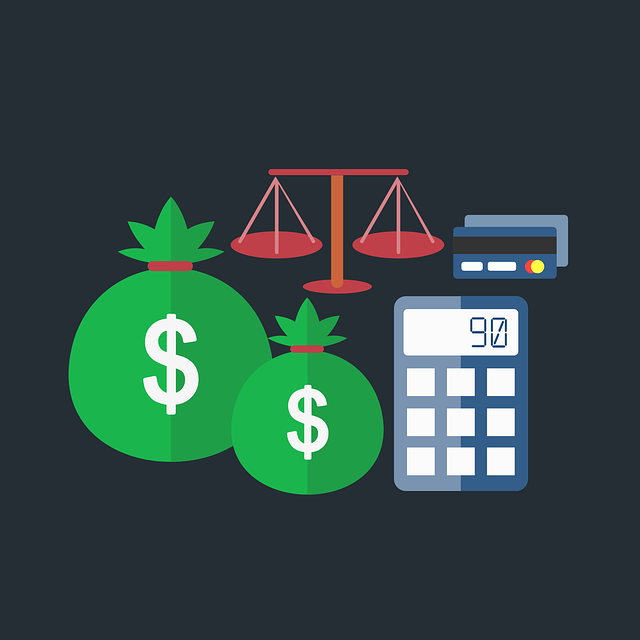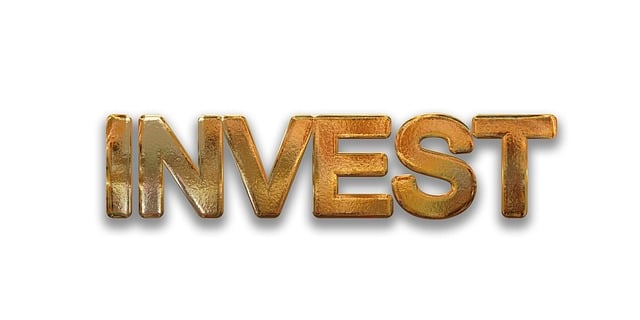Equipment financing (finance equipment) is a strategic tool for businesses aiming to expand, offering access to necessary machinery and technology upgrades through leasing or loans. This enables effective budgeting, increased productivity, streamlined operations, and exploration of new market opportunities. By managing finances efficiently, companies can make informed decisions, drive sustained growth, and maintain competitiveness in today's dynamic market landscape. Strategic investments in finance equipment power business growth through modern machinery, automation, innovation, and data analytics capabilities.
Equipment funding is a powerful catalyst for business expansion, enabling companies to access essential assets crucial for growth. This article delves into understanding and leveraging finance for equipment acquisition, exploring leasing and purchase options, and highlighting benefits of strategic investments in machinery and technology. We’ll guide you through building a sustainable growth strategy by utilizing equipment financing as a key component, unlocking new opportunities for success. Discover how intelligent equipment funding can drive your business forward.
- Understanding Equipment Funding: Unlocking Business Growth
- The Role of Finance in Acquiring Critical Business Assets
- Exploring Equipment Leasing and Purchase Options
- Benefits of Strategic Equipment Investment for Expansion
- Building a Sustainable Growth Strategy with Equipment Financing
Understanding Equipment Funding: Unlocking Business Growth

Equipment funding is a strategic tool that plays a pivotal role in driving business expansion. It involves securing financial resources to acquire or upgrade essential machinery and technology, enabling companies to increase productivity, streamline operations, and tap into new market opportunities. By accessing dedicated finance equipment, businesses can bypass the constraints of upfront capital expenditure, allowing for more flexible budgeting and faster implementation of growth strategies.
This type of funding offers a range of benefits tailored to different business needs. Leasing options provide cost-effectiveness, tax advantages, and the flexibility to upgrade or replace equipment periodically. On the other hand, loans specifically designed for equipment purchases offer longer repayment terms and potentially lower interest rates, allowing businesses to spread out the financial burden while gaining access to much-needed assets. Understanding these funding mechanisms empowers entrepreneurs and business leaders to make informed decisions, ultimately unlocking the potential for sustained growth and competitiveness in today’s dynamic market landscape.
The Role of Finance in Acquiring Critical Business Assets

Access to adequate finance is pivotal for businesses aiming to acquire critical assets, especially in today’s competitive market. Equipment funding plays a crucial role in driving expansion plans by enabling companies to invest in machinery, technology, and infrastructure necessary for growth. Secure financing allows businesses to purchase or lease high-value assets that might otherwise be out of reach, providing them with a competitive edge.
Effective financial management ensures that acquiring these essential business tools is strategic and sustainable. It involves assessing the company’s financial health, identifying funding sources such as loans, leases, or investments, and carefully planning repayments to maintain cash flow stability. This meticulous approach facilitates the continuous upgrading and modernization of equipment, ultimately contributing to long-term success and competitiveness in the market.
Exploring Equipment Leasing and Purchase Options

When considering business expansion, efficient finance equipment is key. Equipment leasing and purchase options offer flexible financing solutions for companies looking to invest in new or upgraded machinery, vehicles, or technology. Leasing provides a cost-effective way to gain access to modern assets without the long-term commitment of ownership. This option often includes maintenance and support, allowing businesses to focus on their core operations while staying adaptable to changing market demands.
On the other hand, purchasing equipment outright offers full control and potential tax benefits. Businesses can depreciate asset costs over time, spreading out expenses. However, this requires substantial upfront capital or long-term loan arrangements. Balancing these approaches, many companies opt for a hybrid model, leasing certain critical assets while owning others, allowing them to strategically allocate financial resources according to their expansion plans and cash flow capabilities.
Benefits of Strategic Equipment Investment for Expansion

Strategic investment in finance equipment can significantly boost business expansion plans, serving as a catalyst for growth and competitiveness. Modern, efficient machinery and technology enable increased production capacity, allowing companies to meet rising market demands more effectively. Moreover, advanced equipment often comes with integrated automation features that streamline processes, reduce human error, and lower operational costs, enhancing overall efficiency.
Such investments also foster innovation by providing the necessary tools for research and development (R&D). This can lead to product differentiation in a crowded market, as companies are better equipped to develop unique, high-quality offerings. Additionally, up-to-date equipment often comes with data analytics capabilities that offer valuable insights into production processes, customer behavior, and market trends, enabling businesses to make informed decisions and stay ahead of the competition.
Building a Sustainable Growth Strategy with Equipment Financing

Equipment financing is a powerful tool for businesses aiming sustainable growth. By leveraging financed equipment, companies can access cutting-edge technology and tools without immediate upfront costs, allowing them to strategically invest in areas that drive productivity and competitiveness. This approach enables businesses to build a robust foundation for expansion while managing cash flow effectively.
With equipment financing, businesses can fund the acquisition of machinery, vehicles, or software essential for operations and future growth. This strategic funding provides flexibility, as companies can choose the specific assets they need and spread out payments over time. As a result, businesses can focus on core activities, innovate, and adapt to market changes while ensuring their expansion plans are well-supported by reliable equipment.






